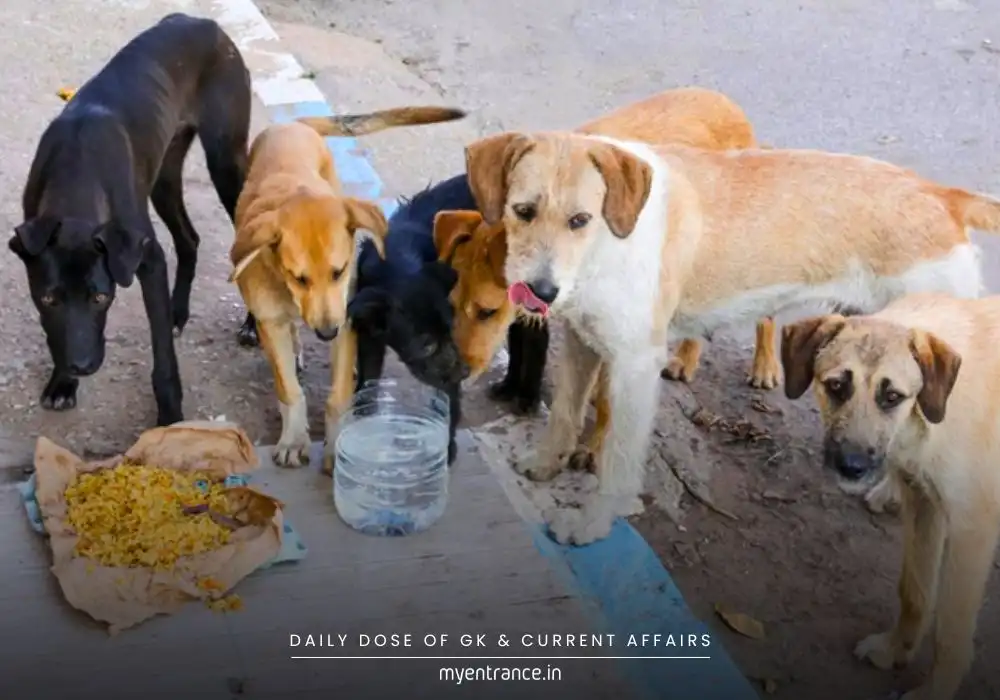Translate Language
How Did Measles Make a Comeback? The Alarming Global Trend
Measles, a highly contagious disease once under control, is making a dangerous comeback. Recent reports from the Global Virus Network (GVN) reveal a sharp rise in cases worldwide, driven by falling vaccination rates and disrupted healthcare systems. The US, Europe, Africa, and Asia are all experiencing alarming outbreaks—what’s causing this resurgence, and how can it be stopped?

The Measles Resurgence: Causes and Concerns
Why Are Measles Cases Increasing?
Measles spreads easily among unvaccinated populations. In the US, vaccination rates have dipped below the 95% threshold needed for herd immunity. Key reasons include:
Rising vaccine exemptions – Nonmedical exemptions increased to 3.3% in the 2023-2024 school year.
Global healthcare disruptions – Wars, displacement, and weak health infrastructure hinder vaccination drives.
Vaccine hesitancy – Misinformation and lack of access contribute to lower immunization rates.
Where Are Outbreaks Happening?
United States: Over 1,300 cases in 2024, the highest in three decades, with Texas, New Mexico, and California heavily affected.
Africa: Nearly half of all major outbreaks occurred here.
Europe: Measles was reported in 41 out of 53 countries.
Southeast Asia & Americas: An eleven-fold spike in early 2025, linked to international travel.
Health Risks of Measles
Measles isn’t just a rash—it can lead to severe complications, especially in unvaccinated children:
Pneumonia, severe diarrhoea, and encephalitis
Deafness and neurological damage
Subacute sclerosing panencephalitis (SSPE), a rare but fatal brain disease
Public Health Responses & Challenges
The GVN and health experts recommend urgent action:
✔ Boost MMR vaccination rates for children and adults.
✔ Improve public awareness to combat vaccine misinformation.
✔ Strengthen healthcare access in rural and underserved areas.
✔ Enhance global surveillance to track and contain outbreaks.
With post-pandemic travel resuming, measles can spread faster than ever. Ignoring vaccination efforts weakens defenses not just against measles but other preventable diseases.
Sample Questions & Answers for Competitive Exams
Q1. What is the main reason behind the recent surge in measles cases?
Ans: Declining vaccination rates, exacerbated by nonmedical exemptions and disrupted healthcare systems.
Q2. Which US state experienced its largest measles outbreak since the 1990s?
Ans: Texas, with two reported child fatalities in Gaines County.
Q3. What percentage of vaccination coverage is needed for herd immunity against measles?
Ans: At least 95%.
Q4. Name a severe long-term complication of measles in unvaccinated children.
Ans: Subacute sclerosing panencephalitis (SSPE), a fatal neurological disorder.
Q5. How has global travel contributed to measles outbreaks?
Ans: Infected travelers can spread measles quickly across borders, turning local outbreaks into international threats.
Why Is This Important for Exams?
Competitive exams like UPSC, SSC, PSC, and KAS often include questions on public health, vaccination policies, and global disease trends. Understanding the measles resurgence helps in:
Current Affairs Preparation – Recent outbreaks are frequently asked.
Health & Policy Discussions – Vaccination drives and herd immunity are key topics.
Essay & Descriptive Papers – Measles outbreaks highlight healthcare challenges.
Stay informed, stay prepared—your next exam might just ask about this!
Get 3 Months Free Access for SSC, PSC, NIFT & NID
Boost your exam prep!
Use offer code WELCOME28 to get 3 months free subscription. Start preparing today!















